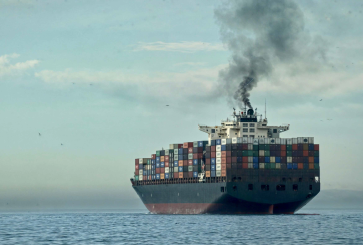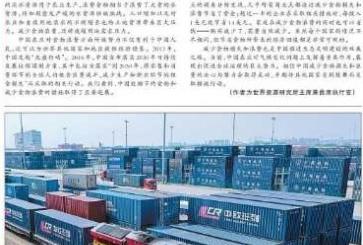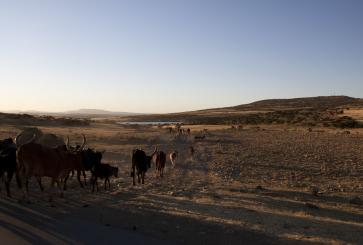
Creating a Sustainable Food Future
WRI explores how the world’s growing demand for food can be met while preserving biodiversity and minimizing the negative impacts of food production.
关于我们
我们聚焦食物及与之相关的水、土地、海洋、森林等自然资源。我们关注食物生命周期中生产、供应和消费等各个环节,通过推动食物和土地利用系统的可持续转型,减少食物的损失和浪费,促进自然资源可持续开发与利用,构建并完善全球绿色供应链,积极加速应对和适应气候变化,保护生物多样性,支持联合国可持续发展目标议程,在保护生态环境的同时促进人类健康发展。
图源:unsplash
The Food & Natural Resources Program focuses on a number of specific Initiatives. Explore all Resources in depth.

Global Joint Initiative on the Partnership of Biodiversity and Finance (PBF)
Comprised by a group of international stakeholders from financing institutions, the private sector, academic institutions, international development agencies, and civil society organizations, with representation from both developed and developing countries from various continents, PBF is established to support the close collaboration between biodiversity conservation and financing, in particular, in helping to address urgent biodiversity challenges and help close the considerable action and financing gaps.
Part of Food & Natural Resources












